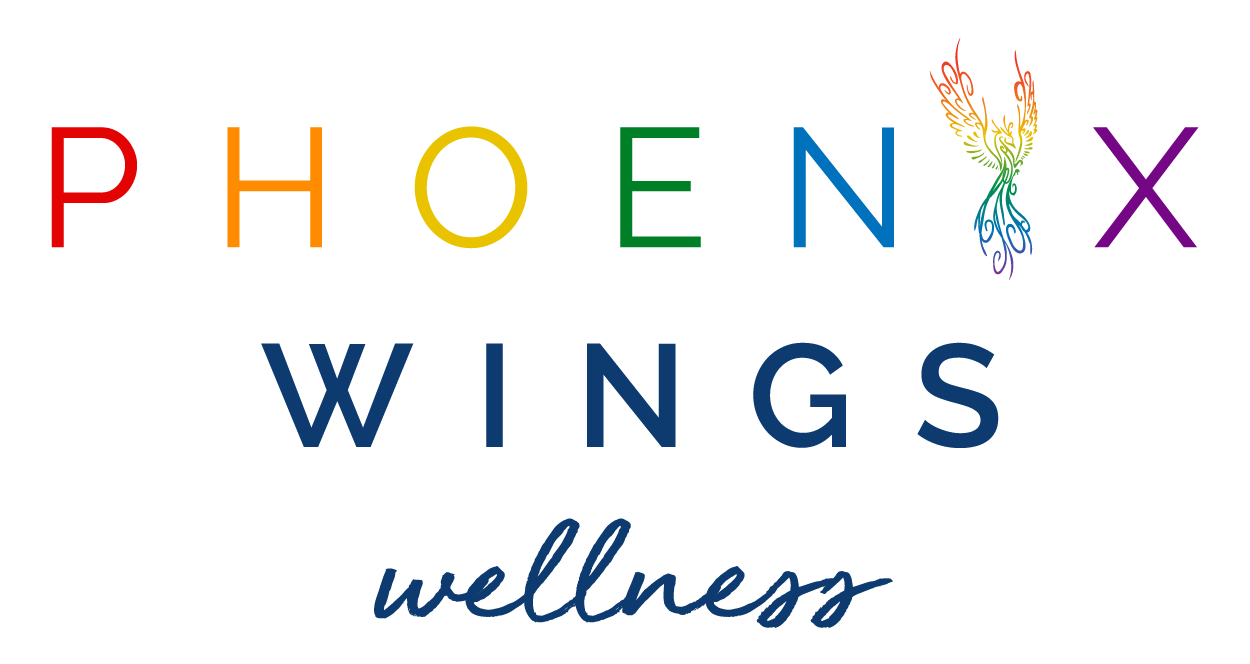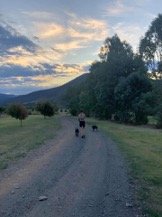Mindfulness
By Tayla Haigh
What is mindfulness? You scroll through Facebook and Instagram seeing all these posts around being mindful, but what really is ‘this’ mindfulness thing? What are the benefits of mindfulness? How can YOU achieve a mindful life?
Mindfulness is the idea of learning how to be fully present and engaged in the moment, aware of your thoughts and feelings without distraction or judgment. It sounds a little hard hey? The key word here is learning.
It’s a busy world.
You fold the laundry while keeping one eye on the kids and another on the television. You plan your day while listening to your music and commuting to school, and then plan your weekend and its only Thursday.
Most of us have a tendency to live in the past or the future (I know I get caught up in this thought pattern often because hey I’m only human too). How often do you find yourself thinking about what happened yesterday, or what might happen tomorrow?
But in the rush to accomplish necessary tasks, you may find yourself losing your connection with the present moment—missing out on what you’re doing and how you’re feeling. This present moment is all we have.
The good news is mindfulness is something we naturally possess and is more readily available to us when we practice on a daily basis.
A bit of history here but the cultivation of mindfulness has roots in Buddhism. Most religions also include some type of prayer or meditation technique that helps shift your thoughts from the usual preoccupations towards an appreciation for the present moment.
Research into mindfulness has demonstrated it can bring improvements in both physical and psychological symptoms as well as positive changes in health, attitudes, and behaviours.
The goal of any mindfulness technique is to achieve a state of alert, focused relaxation by deliberately paying attention to thoughts and sensations without judgment. This allows the mind to refocus on the present moment.
Take a second to run a Google search and you’ll be hit with a barrage of tips for mindfulness practice like:
· “Concentrate on your breath”
· “Smell the flowers”
· “Notice what you’re doing”
· “Meditate”
· “Yoga”
It’s not that these tips are wrong they’re just… sometimes not helpful and a tad overwhelming… because hey the human mind is a busy place!
Mindfulness can feel really strange if you’re just starting out and it can be hard to know if you’re doing it right.
Here are some tips:
Understand that you are not your thoughts: Your thoughts don’t define you, no matter how convincing they are. What goes on in your mind is not you nor is it real. Work regularly sitting in a mindful moment to separate yourself from these thoughts and observe them without intentional judgment (sometimes judgment comes up without us trying, and that’s okay).
Be kind to yourself: When you sit in the present moment, go easy on yourself. Most of us are filled with difficult emotions, which could be stress, anxiety, sorrow, envy, grief, disappointment, confusion, loneliness, or one of the other countless emotions we experience throughout our life. Kicking yourself over these emotions is natural, but it won’t help. Again, you are only human.
Make it important (Goal: A consistent mindfulness practice): The truth is if you don’t prioritize being mindful, the craziness of daily life will swallow the present moment up and you will never get it back. It works like any other habit in life: you need to tell yourself, “This is important to me and I’m going to prioritize it on the same level as other things that are important to me,” and stick to that in order to develop a consistent mindful life.
Practice patience (results can take a while): You have to be willing to dive deep into your mind and rest there for long periods of time over months or even years to touch those parts of yourself that you may have hidden away from due to the intensity of the pain or trauma associated with it. So enjoy the practice as an effective tool for managing stress and difficult emotions now, but be patient and see it as a long-term practice to get the most from it.
It’s all temporary: When practicing mindfulness, regard emotions and thoughts the same way: both are passing phenomena to be observed as they come and go. Consider thoughts and emotions as if they’re twigs or leaves floating down a stream as we sit safely nearby. Try to simply notice them without passing judgment.
Don’t forget to have fun with it: Sounds simple? It is. Sound obvious? That too. So, why am I mentioning it? Because as obvious as it sounds, most people forget to enjoy their practice when they start being more mindful. Enjoy the journey. Some days it will be easier to be mindful than others, it’s true. Some days you feel perfectly peaceful and refreshed after sitting, other times you feel arguably feel worse. Generally, that’s just a reflection of what’s going on inside, as your mindfulness touched on those feelings that are hovering around in your subconscious and brought them a bit further to the surface.
Here are tips for being mindful in daily life:
Take mini breaks during the day: If you’re finding it difficult to be still, it’s important to take time out of your day. To make the most of your mini break, sit down comfortably and focus your attention fully on the feeling of your feet touching the floor, or your bottom on the chair. You can also get your senses involved, and focus in on what you can smell, see, hear, feel or taste at the present moment. Take at least a few minutes to pay attention to your body instead of what you've been doing.
Walking is one of the easiest “everyday” practices to adopt: Some of us walk everywhere: to our kitchen, car, office, back to our car, into our home, into the store, out from the store– you get the idea. Each and every one of these examples is a moment where you can tap into mindfulness. Notice the feeling of solid earth beneath your feet, of the wind on your face, of your legs bending and working one step at a time, and the rest of your body moving.
Practice mindfully “checking-in”: A mindful check-in is a simple but useful practice. It’s essentially just the act of regularly turning inward to notice what’s going on within you: what thoughts, feelings, and sensations you’re feeling. This can be achieved in a matter of seconds.
Notice when you’re zoning out: We all do it, whether it’s sitting at our desk in the middle of the day or when you go into autopilot for twenty minutes driving on your way home every night. Each of these is times when you can acknowledge you were zoning out and simply notice what’s going on in your head and in your body.
Observe your breathing: You can start to practise your breathing by taking some deep breaths, in and out. Try casting your wandering thoughts aside through the use of breath.
Avoid doing too many things at once: It can happen, say, if you’re doing homework and a friend sends you a message. Doing too many things can be distracting, so it’s best to limit yourself to doing one task at time.
Creating a journal: Keeping a journal can be a great way to reflect on your thoughts and feelings in a completely private and safe way. Personal tip, I have a journal on my phone as my writing is shocking!
Being mindful in everyday life can be tough, especially considering we’re so conditioned to move about our day on a kind of half-autopilot. So next time when you find yourself thinking about what happened yesterday, or what might happen tomorrow I challenge you to take 5 minutes counting each inhale and exhale as 1 up to a 10 count, starting the count over any time you notice yourself get distracted.
References:
Headspace. (n.d.). 6 ways to practise mindfulness. Headspace National Youth Mental Health Foundation. Retrieved September 16, 2022, from https://headspace.org.au/explore-topics/for-young-people/mindfulness/
Ling-Keng, S., Robins, C. J., & Smoski, M. (2011). Effects of Mindfulness on Psychological Health: A Review of Empirical Studies. National Library of Medicine . https://doi.org/10.1016/j.cpr.2011.04.006
Logan, S. (2014). Meditation, Mindfulness, and Social Work. Encyclopedia of Social Work. https://doi.org/10.1093/acrefore/9780199975839.013.981
Mindful. (2021, November 23). What is mindfulness? Retrieved September 16, 2022, from https://www.mindful.org/what-is-mindfulness/
Very Well Mind. (2021, October 15). What are the benefits of mindfulness? Retrieved September 16, 2022, from https://www.verywellmind.com/the-benefits-of-mindfulness-5205137




